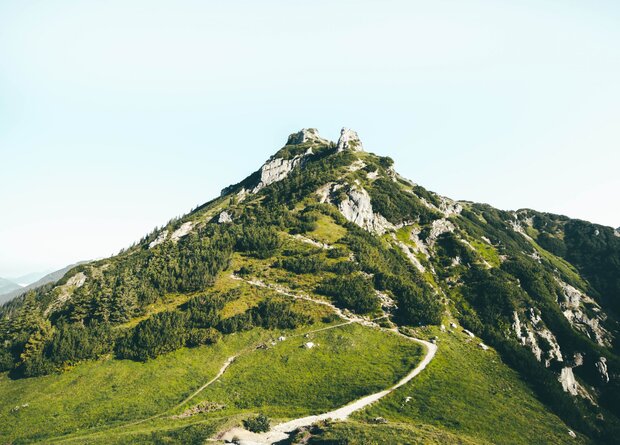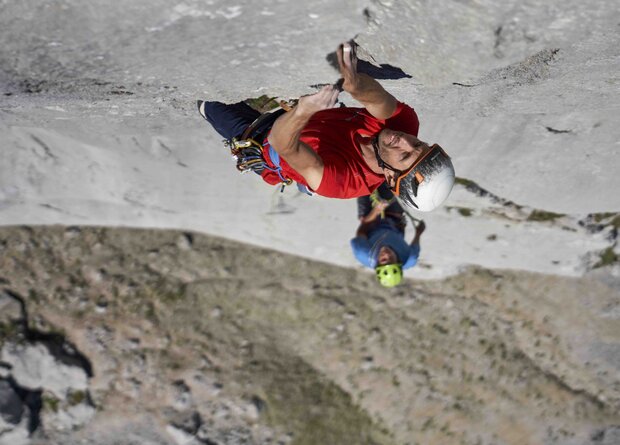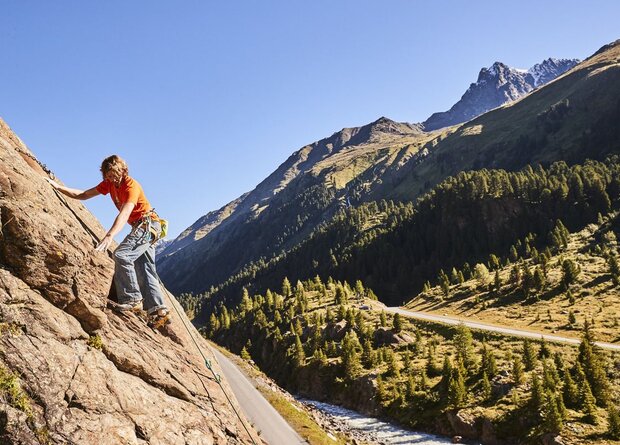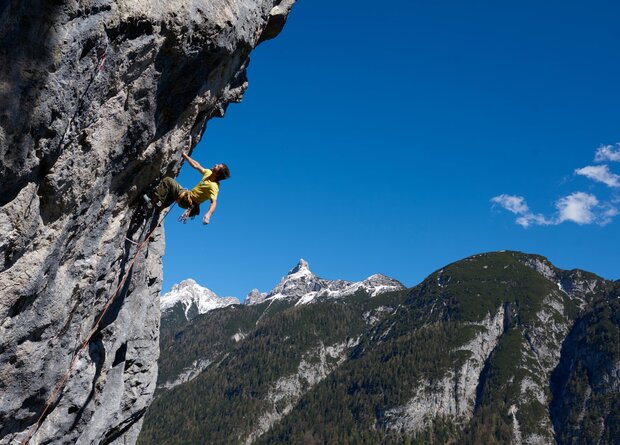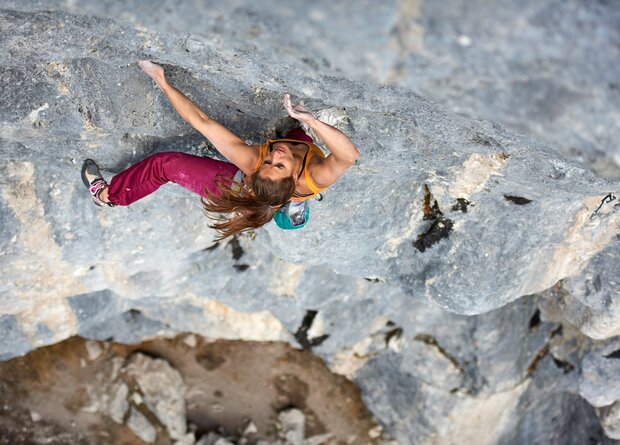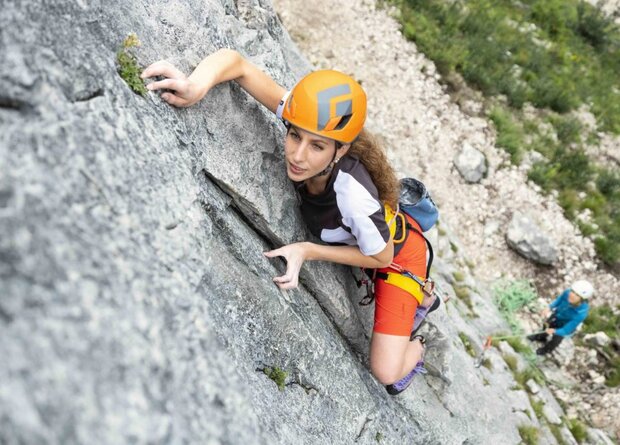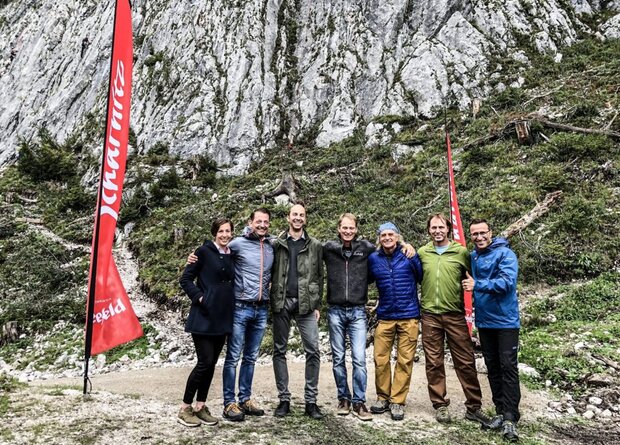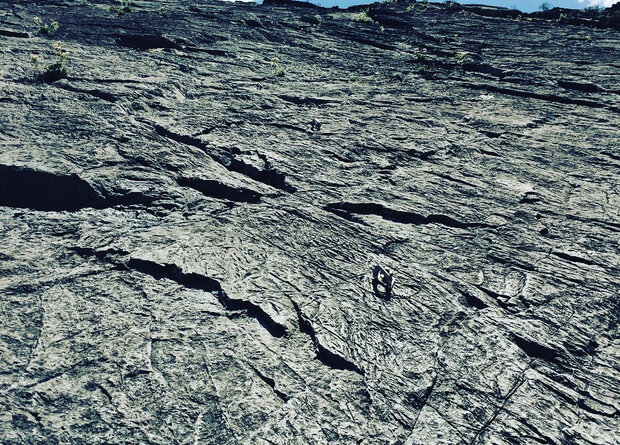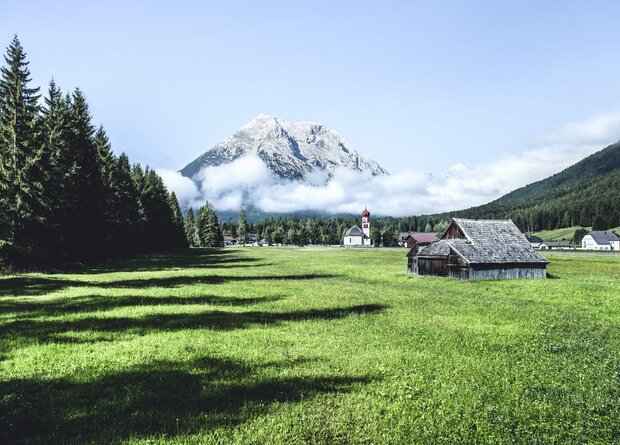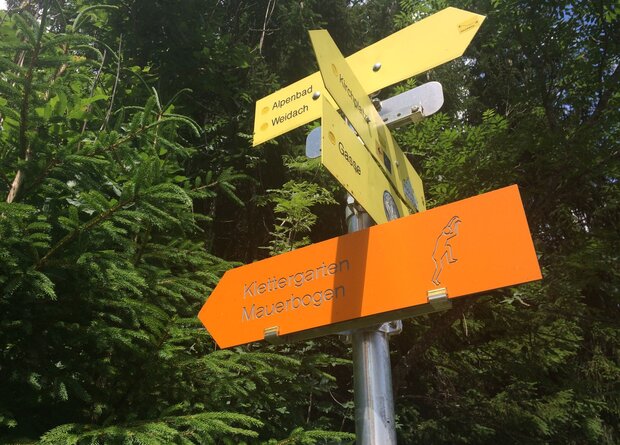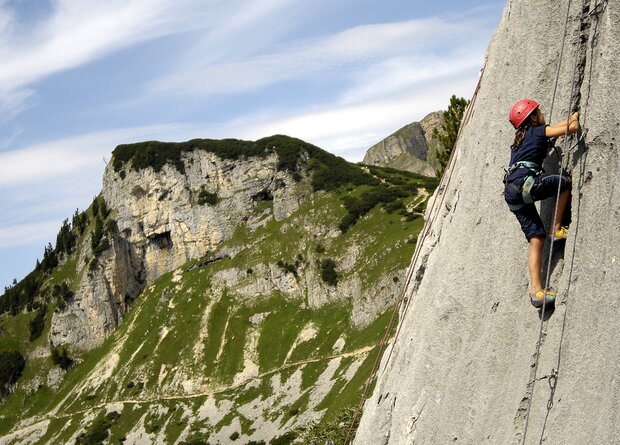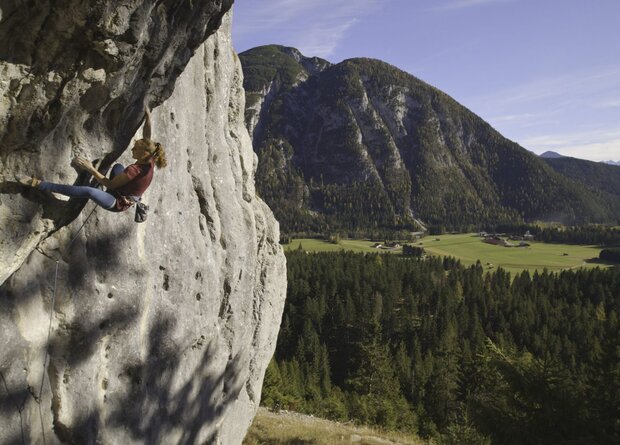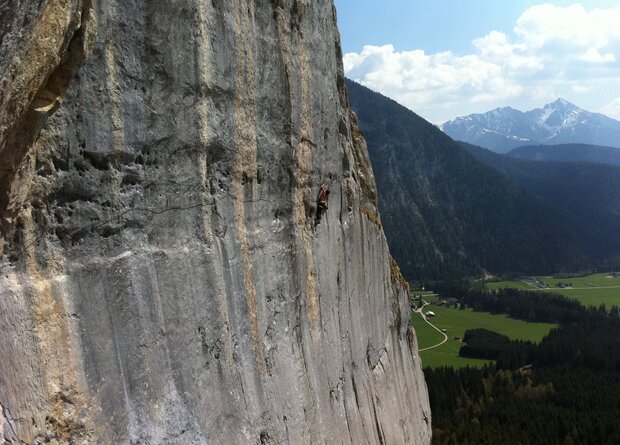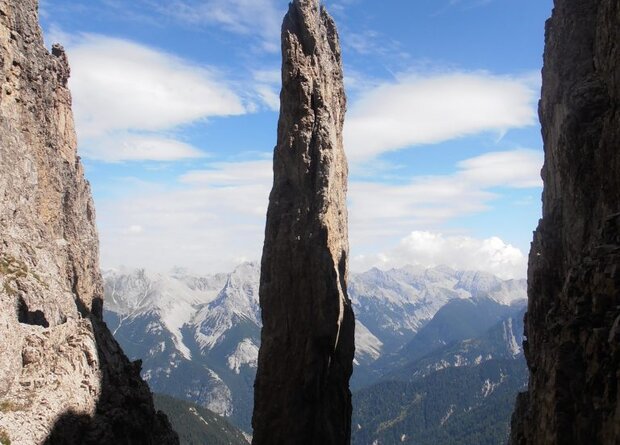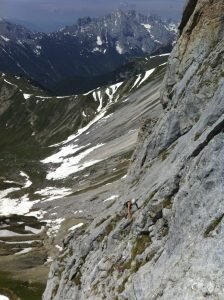Lukas Wimmer on the slackline:
His forearms are blue and his fingertips hurt. What to do today when the weather is so nice? I think I should go highlining again. I call a friend to see if he fancies a round of slacking. He tells me that they have already set up 4 lines in the Olympiaregion Seefeld and that I should just drop by. That same day, I'm standing high above a gorge on the beautiful 180 m long highline, enjoying the last rays of sunshine.
Slacklining was invented in the 1980s at the famous Camp4 in Yosemite Valley. On a non-climbing day, climbers were balancing on a slack line and realized how much fun it actually is. A few years later, this became a small but excellent sport. It is excellent training for a wide variety of sports. Slacklining improves body tension and concentration and is therefore perfect for climbers. Some slackliners found balancing on the ground too boring and the first highlines were set up.
30 years later, I am now standing on the 2.5 cm wide band, 80 m above the ground. Surrounded only by air - 2.5 cm before flying. It's an indescribable feeling because, unlike climbing, you have nothing to hold on to. When highlining, your head is usually the limiting factor, so I focus completely on the anchor point and try to control my breathing. Done, unfortunately I fell a few times that day. But even a crossing - running the line with a few falls - is a very difficult task on this length.
Highlining is often referred to as the supreme discipline of slacklining and it takes a lot of know-how and experience to set up a highline safely. Some of these 4 lines were fixed to trees, others to bolts. But walking above the ground or water is also fun and a great change of pace when your forearms are blue again.
I hope you've got the urge to take a stroll along a slackline in the park after a successful day of climbing. You can also find a few things you should bear in mind at https://www.tiroliners.at/slack-know-how.
Best wishes and walk in balance
Lukas Wimmer
